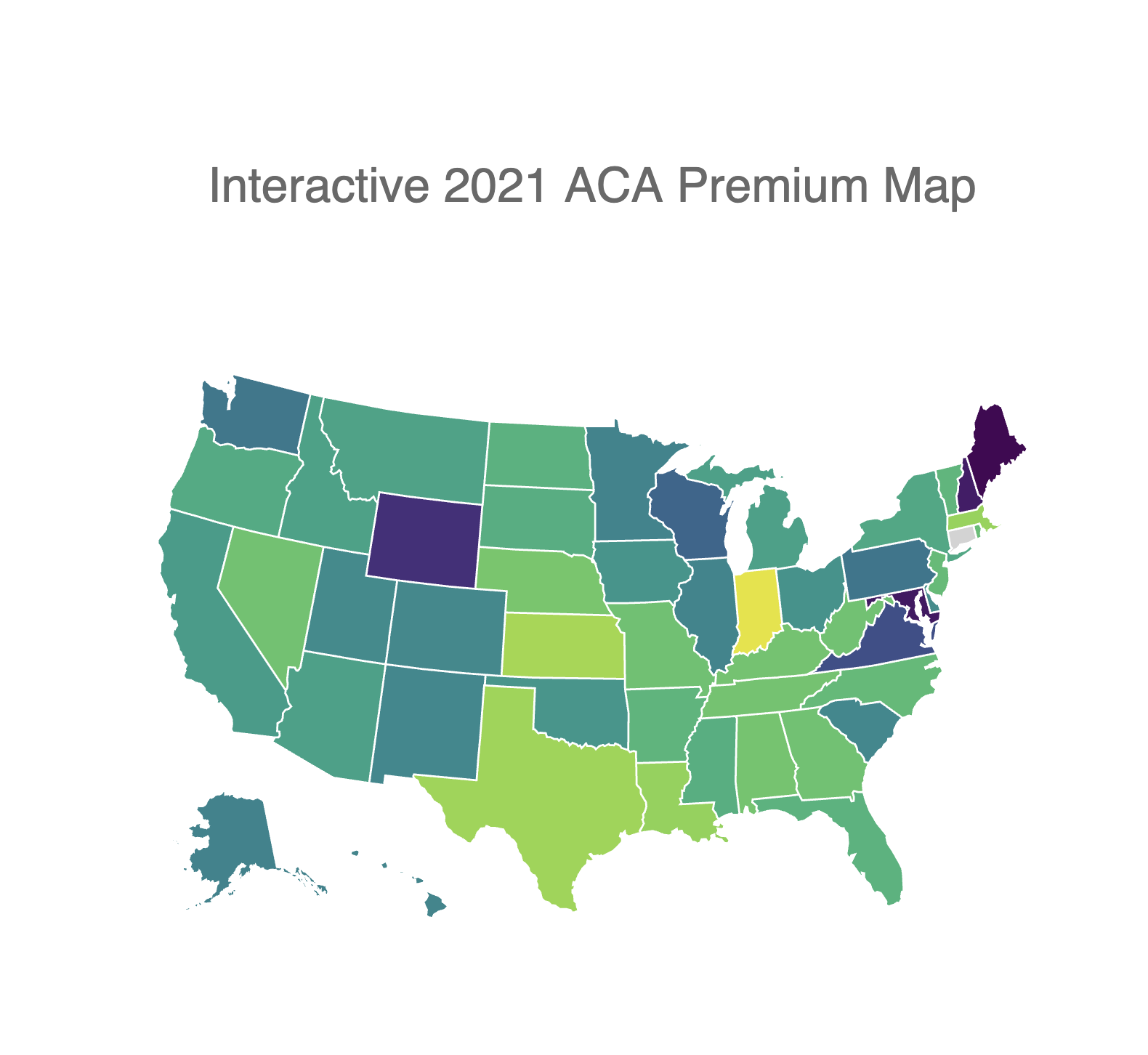Things You Can Do If You Lose Your Obamacare Subsidy
If you receive an Obamacare subsidy, what options do you have if you lose it? You may have earned more than you anticipated when you signed up. Or the government may have changed the criteria to qualify for subsidies.
Here are seven options to consider if you face this situation.
FALL BACK
1. Buy Insurance on the Government Exchange without an Obamacare Subsidy
Your first option is to buy insurance on a government exchange without an Obamacare subsidy, or premium tax credit. If you sign up for coverage through the Marketplace, you can choose not to take the tax credit in advance. Instead, you would apply for it at the end of the tax year in your tax return.
2. Buy a Short-Term Insurance Plan
A short-term health insurance plan doesn’t cover the essential health benefits mandated by the Affordable Care Act but it’s a quick, easy, flexible and cheaper option than paying for an ACA plan. While deductibles can be high (as much as $10,000), premiums are usually very low (as low as $20/month).
FALL BACK
If you are generally healthy, between jobs, or expect to receive insurance in the future (from an employer or the government), then this plan might be right for you.
Note: not all states allow insurers to offer short-term insurance plans.
3. Get Catastrophic Health Insurance
If you’re relatively healthy but worry over “what if everything goes wrong” scenarios, then consider Catastrophic health insurance, also known as a high-deductible health plan (HDHP).
Catastrophic health insurance is available to anyone under the age of 30 or to any household that qualifies for a hardship exemption. The hardship exemption kicks in if health insurance would count for over 8.05% of your income. If you make under 400% of the federal poverty level (and, in some cases, if you make just over the 400% mark), then you probably qualify for the hardship exemption.
Premiums are very low for these plans but deductibles are extremely high ($7,150). They cover the same essential benefits as other ACA plans.
That means this plan still covers all your preventative care before you pay your deductible; however, the rest of your care is completely on you until you meet your deductible. Once you do meet your deductible (which would probably happen in your “worst-case-scenario”) then your insurance would cover 80% to 100% of your medical bills.
4. Go for an Accident-Only Plan
Accident-only insurance is a supplemental insurance plan that’s an option for many who can’t afford an ACA plan. An accident-only plan doesn’t cover the ten essential benefits but does cover qualified-accidents such as the breaking of limbs, paralysis or burns.
So, if you sustain a major injury, these plans will pay to cover your expenses. These plans have extremely low premiums ($15 to $50 per month) but very high deductibles.
5. Purchase a Critical Illness Plan
A critical illness plan is similar to an accident-only plan in that it is a supplemental plan that does not cover the essential benefits guaranteed by the Affordable Care Act. However, instead of covering major accidents, a critical illness plan covers major illnesses such as cancer, heart attacks, and strokes. The price of these plans depends on your age but usually varies from $50 per month to $150 per month with high deductibles.
6. Go to a Christian Health Ministry
An alternative to traditional health insurance is paying for a membership at a Christian Healthcare Ministry. These ministries are not insurance companies, they are non-profit religious organizations.
You pay a monthly fee to the ministry and usually cover many of your regular healthcare fees out-of-pocket (like annual physicals). However, for larger fees such as hospital visits, the organization will pool together money of all those in the ministry and help cover costs.
While it’s becoming increasingly common for people to turn to faith-based groups for health coverage, as of 2018 it’s reported that a million people relied on such organizations for coverage.
Also remember that because these are faith-based organizations, healthcare costs that are morally opposed to the group’s values, such as pregnancies out of wedlock, will not be covered.
7. Risk It and Pay Out-of-Pocket
This choice has inherent and obvious risks attached. It’s impossible to know when illness or injury may strike. So lacking insurance has serious costs and important implications. However, if you are a relatively healthy individual and determine that your annual healthcare costs are lower than the annual deductibles on these plans, then it’s a risk you might decide to take.
If you are insured and an illness or injury causes unexpected health care costs, you do have options to try to manage costs. You can try to negotiate your medical bill or hire a medical bill advocate to do it for you. You can also try taking out a personal loan or crowdfunding your healthcare.


